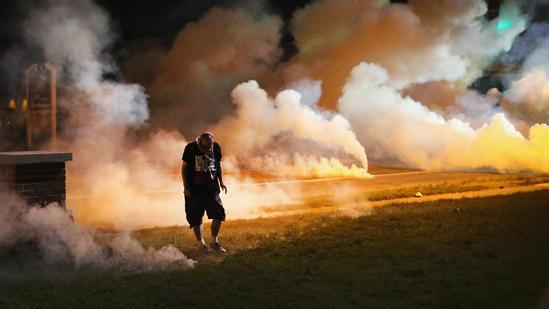People were stunned Tuesday afternoon when news broke that Robin Williams had, by his own hand, passed away. That includes myself. Williams was a huge talent and an incredibly loved and influential comedian, actor and person.
As the afternoon more and more people in the “Social Media Marketing” wing of Twitter particularly came out with their opinion that, in the wake of the tragedy, brands should pause their social publishing programs. While I certainly see their point, I disagreed. Williams’ death was certainly sudden and Twitter was filled with an outpouring of emotion over it, but in my opinion it didn’t rise to the level where brands appear incredibly insensitive and tone-deaf with their scheduled updates. There was nothing inappropriate about continuing to publish at that time like there is when there’s a shooting at a school, a bomb goes off somewhere in the U.S. or something similarly massive happens. It’s hard calculus, and I certainly respected differing opinions, but this didn’t meet the necessary criteria to make that recommendation.
(Note that if we paused every time a bomb goes off elsewhere in the world no brands would ever tweet again until the second coming of Christ himself. We also differentiate between shootings. 12 people could be killed in Chicago over this weekend and every brand in America would continue to publish without a second thought.)
After watching on Twitter as events unfolded in Ferguson, MO last night, though, I’m increasingly of the opinion that the situation *there* does cross that threshold.
Think about it: Right now in an American city – one just 275 miles from my front door – there are police confronting unarmed citizens with riot gear, including long-range rifles, tear gas and more. That’s really happening. Journalists are being taken to prison, peaceful protestors are being tear-gassed and more.

(image via @chicagotribune)
Imagine if brands took a stand and said, “In light of the actions happening in Ferguson, MO we are taking a break from our social media marketing. When we feel the situation has been resolved, or there’s a clear path that’s being taken to that resolution, we will resume regular posts. Until then, our thoughts are with the people of Ferguson.”
Now that might sound like crazy talk. Take a stand on a public issue that has little to nothing to do with a company’s business? That’s nuts and this shouldn’t impact marketing one way or the other, right? But that’s exactly what brands and companies are doing everyday with issues like birth control, same-sex marriage and a host of other social issues.
Just like taking a stand on same-sex marriage shows companies attempting to convey human emotions and take a stand against what is the status quo, doing so around the events of Ferguson would be a showing that they’re not blind to the events around them, events that are, on many levels, hard to believe.
I’ll admit I’m not ready to make this call myself just yet. It’s so outside the norm that I’m still hesitant to recommend what I’ve outlined above. But it’s something that’s growing and growing in the back of my mind and, if things aren’t resolved there soon, I may work up the nerve to at least try to lead by example.
Like this:
Like Loading...
 I was going to write something really profound about Facebook’s announcement that it was cracking down on “click bait” type stories, penalizing them the News Feed algorithm based on a number of factors, but then Dave Coustan wrote this and why bother. See his post for how this is likely to impact brand and other publishers.
I was going to write something really profound about Facebook’s announcement that it was cracking down on “click bait” type stories, penalizing them the News Feed algorithm based on a number of factors, but then Dave Coustan wrote this and why bother. See his post for how this is likely to impact brand and other publishers.
